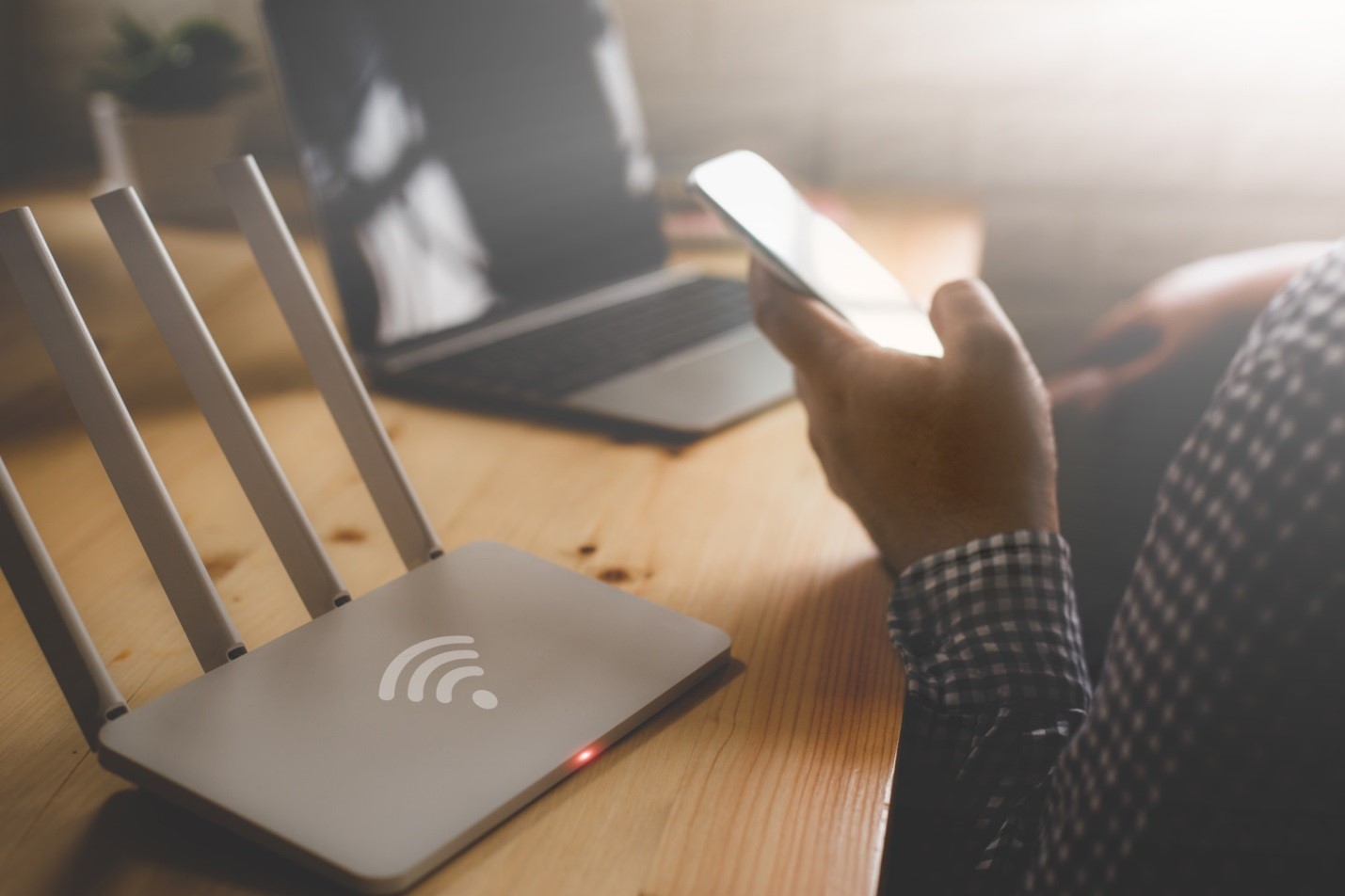There are over 2,000 internet service providers (ISPs) in the US currently. Many of those ISPs offer cable or fiber optic internet while others specialize in DSL or satellite internet. The different types of internet are named and defined by how they transmit data to and from your connected devices.
There is a lot of confusion around the four main types of internet, especially as each uses an entirely different mode of transmission. They all have their own defining features, accessibility and levels of speed.
If you live in an area where there is more than one service offered, which happens in most places, you might struggle to select the best service for your household. It’s common for households to choose an ISP that can’t give them the type of connection they need, which is why consumers need to do plenty of research before choosing an internet package.
Spectrum, which is owned by Charter Communications, is one of the largest cable television and internet providers in the United States. Spectrum internet is available to about 102.7 million consumers nationwide. In many areas Spectrum offers both cable and fiber optic internet. Spectrum Internet uses tiered pricing so that there is an internet package to meet the needs of every household — a feature that is edging out the competition. Charter Communications is helping customers with self-installation of their Spectrum internet service if the building has an existing coaxial cable or if they already subscribe to one of the Spectrum cable TV packages. If a customer gets stuck at any time during the installation process, Charter Spectrum customer service will help them through the self-installation process.
How Does the Internet Work?
The internet is a network of interconnected devices that transmit data through wires, cables and antennas to and from your connected devices. Most internet access requires additional equipment like a modem, router or an ethernet cord. All of this hardware forms a network infrastructure that gets you online whenever you want.
Most PCs have TCP/IP network capability, which stands for Transmission Control Protocol/Internet Protocol. TCP/IP has four layers and a set of standardized rules to connect your device to a network so that you can transmit data with other devices.
Software programs interact with the first TCP/IP layer, which is application. At the first layer, you can find application protocols like SMTP and HTTP. Each program used interacts with different application protocols, which depends on the program’s purpose.
The second layer is transport and is where data sent from the first layer becomes packets. Packets are sent to the third layer — internet. At the third layer, the internet protocol (IP) receives the packets and adds the virtual address information — the IP addresses of both the sender and receiver. From there, the packets are sent to the fourth layer.
The fourth layer, network interface, receives the packets, which become datagrams. The datagrams are then delivered over the network. When sending information between two PCs, the datagram speed is determined by bandwidth and latency. Bandwidth is defined as the maximum number of bits you can transfer per unit time. Latency is the amount of time it takes for datagrams to move from one device to another.
Types of Internet Defined
The types of internet available include DSL, cable, fiber optic and satellite. DSL, or digital subscriber line, transfers data through a telephone line. DSL is related to old-fashioned dial-up internet. DSL is not an ideal connection because it provides low bandwidth and a high latency rate. DSL download speeds range from 5 to 35 Mbps. However, DSL is typically the cheapest option.
Cable internet works through a coaxial cable, which is the same way you receive cable TV. Cable internet is significantly faster than DSL and can offer high-speed connections. Cable is more reliable and has higher bandwidth and a lower latency rate. The most significant downside to cable is that it can dramatically slow down during peak times. The network infrastructure is also more expensive than DSL.
Fiber optic is the fastest type of internet connection available. It uses a fiber optic cable to deliver the internet rather than a coaxial cable. Fiber optic is faster than both DSL and cable. It is the most reliable of the three and comes with high bandwidth and low latency. Fiber optic internet offers download and upload speeds up to 1,000 Mbps, also known as 1-gigabit internet. Unfortunately, fiber optic isn’t as widely available as DSL and cable, and it is often more expensive.
Satellite internet is your best choice if you live in remote areas that aren’t able to receive a wired connection. Satellite internet transmits data through a connected satellite dish to a satellite spacecraft and back again. Satellite offers the lowest bandwidth of them all and the highest latency. Satellite is usually the slowest and least reliable choice and it can only get a download speed of about 25 Mbps.
The Best Choice
Fiber optic is currently the best type of connection available. Most fiber optic providers are diligently working to increase the areas where it is available by building up the network infrastructure. If you don’t already have fiber optic, it may still take a while for the cables to reach your home. However, when it does, you can rest assured you have the fastest speed possible.




